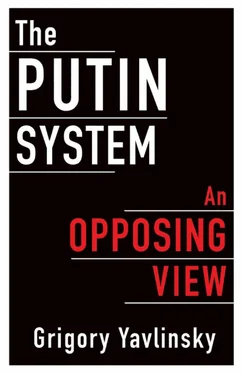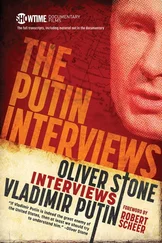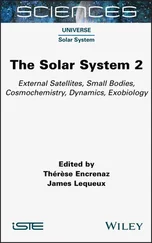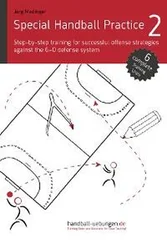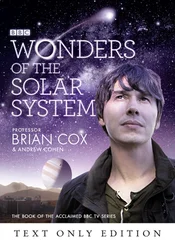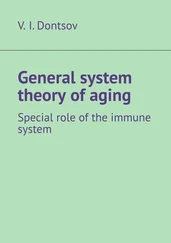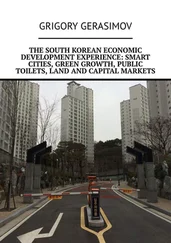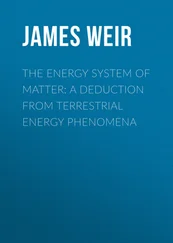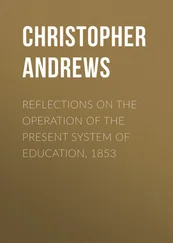competition-based systems vs. authoritarian systems: advantages of competition-based system in complex society, 141–42; borderline cases, 24; dynamic or static system as separate issue from, 28–29; as key distinction, 21; public good as separate issue from, 24–26; relative adaptability of, 55; relative number of, 23, 36; rulers’ interest in modernization as separate issue from, 26–27
Congress of People’s Deputies. See legislature
Constitution of 1993, and authoritarian system, 33, 37
corruption: destructive effects of, 107–9; functionalist arguments defending, 110; high-level types of, 101–2; low-level, effects of, 107–8; in peripheral economies, 135; presence in all societies, 101; and regression to premodern state, 108–9; in Western democracies, structural factors limiting, 106–7
corruption in Russia, 101–12; authoritarian government and, 112; destructive effects of, 109–10; distinctive features of, 102–6; elites’ selective enforcement of laws against, 111, 211n9; and export of capital, 104–6; government control of financial flows and, 104; high-level forms of, 102; as integral to system, 2, 102, 110–11, 135, 189–90; large scale of, 102, 106–7; and legal impunity as measure of success, 111; and loss of public purpose of government, 108; low-level corruption, forms of, 102; as non-essential feature of peripheral authoritarianism, 112; as out of control, 112; and regression to premodern state, 109; underdevelopment of large businesses and related institutions and, 102–4
Crimea, Russian annexation of: motives for, 157–58; and move toward totalitarianism, 167; political consequences of, 155; as product of Russian authoritarian government, 136; Yabloko’s opposition to, xvi
democratic system(s): absence of elements of, in Russian system of 1990s, 52–53; characteristics of, 52–53; competition-based systems as, 22–23; and economic growth, theories on relationship between, 23–24; as inevitable final state of history, recent doubts about, 137–41; limits of debatable issues in, 43–44; principles of, 137; Russian drift toward totalitarian state and, 163, 165, 197–98; vagueness of term, 20–21. See also competition-based systems
demodernization of Russia: corruption and, 109; current movement toward, 190; elite approval of, 187–88; government ideology and, 97–98, 135, 161–62, 163, 187, 188, 197; peripheral authoritarianism and, 112, 195
Derluguian, Georgi, 211n10
domestic policy of Russia, West’s abandonment of efforts to influence, 203
double standards in international relations, 138–39
dynamic political systems: characteristics of, 27–28; examples of, in both authoritarian and competition-based systems, 28–29
economic analysis in Russia, tendency toward over-simplification in, 10
economic freedom: assumed link to political freedom, 11–13; quasi-political functions of, 172; Russian drift toward totalitarian state and, 163, 171–73
economic growth: and democracy, theories on relationship between, 23–24; as goal, as unrelated to form of government, 26–27
economic growth in Russia: authoritarianism as obstacle to, 135; and economic initiatives, inability to complete, 83–84; lack of entrepreneurial class and, 8–9, 119–20; lack of internal engines for, 7, 9; weakness of institutions as drag on, 44–45, 130–31. See also European development path for Russia
economic system in Russia: as cause of current political ills, 1–2; characteristics in post-Soviet period, 2–5; decreased competition in, 14–15; dependence on export of small group of products, 7; destruction of individual savings in hyperinflation of 1992, 37, 51; lack of internal engines of growth, 7, 9; outdated institutions as drag on, 44–45; as peripheral capitalism, ix, xi, 4–5, 6–7, 9; privatization of 1990s, and establishment of oligarchy, 34, 38, 51; relatively small GDP, x–xi; resources to protect privileged class and working class incomes, 5; stabilization and perpetuation of, 5–6; and transition to modern economy, 4–5, 5–6, 8–9; as unchanged from early post-Soviet stasis, 6–7; as unplanned, eclectic system, 2–3. See also corruption in Russia; peripheral capitalist economy, Russia as; transition to modern economy
economic systems, complex interaction with social system, 11–13
educational system in Russia, push toward totalitarian state and, 166–67
election of 1996: author as candidate in, 34; elite control of, 33–35, 37, 168; foreign interference in, xvi; payoffs for Yeltsin supports following, 38; small window for change in, 37
election of 2004, fraud perpetrated in, 158
election of 2012, disruption caused by, 90–91
election of 2018: author as presidential candidate in, xviii, 196–97, 200–201; issues of importance in, 200–201; and movement toward totalitarian state, 199–200; and Putin’s control over political process, xvii, xviii; and Putin’s life-long rule, 203; Yabloko gains in, xvii–xviii
elections: in authoritarian systems, 76–77, 90–91; varying types of, 206–7n6
elections in Russia: government control of, 33–35, 38, 40–41, 78, 79–80, 168, 199–200, 208n9; as means of expressing support for authorities, 92; Putin’s elimination of political opposition and, 170–71, 199–200; reasons for continuing, 79
elites, Russian: anti-Western sentiment in, 8, 95, 134–35, 148, 149; blocking of reform, 9, 157, 185–86; cold reception from Western counterparts, 152–53, 182–83; consolidation of, 15–16, 33, 171; control of, through uncertainty and fear, 111; and development of Russian authoritarianism, 42–44, 54; law restricting foreign asset ownership by, 70–71, 106, 165, 174; refusal to address real problems facing nation, 188; and Russian demodernization, approval of, 187–88; and Russian isolationism, 61, 150, 151–52, 154; social base of support for, 116–23; support of, as necessary for reform, 6–7, 177–78, 181; suppression of dissent in, 39, 71; and Ukrainian crisis, 158; values of, 187. See also oligarchs
entrepreneurial class, in countries of near vs. distant periphery, 115–16
entrepreneurial class in Russia: functional, failure to produce, 8–9; government support of, in 1990s, 117–18; loss of government support, 119–20
Eurasianism: autocracy in, 91–92; as destructive fantasy, 185–86; roots of, 166; vertical hierarchy of power in, 122–23
Eurasianism, Russian embrace of: and alternative Eurasian values, 158, 159, 166; belt of instability created by, 159; and empire-building, 136; and focus on traditional Russian values, 97; move toward totalitarianism and, 165–66; ongoing consolidation of, 167; as product of self-identification crisis, 52; and turn from European development path, 155; and Ukrainian crisis, 155–59
Europe: necessity of continued expansion, 160; value of alliance with Russia, xv, xviii, xix, 160
European development path for Russia: benefits of, 184; competition as reality of, 183–84; as only available option, 155, 160; refusal to follow, 179–80, 183; refusal to follow, Ukrainian crisis as result of, 155–59; Russian mischaracterization as submission to West, 183
Federal Assembly. See legislature
financial crisis of 2008–09, Russian response to, 60, 151
foreign assets, laws forbidding, for Russian officials (“nationalization of the elite”), 70–71, 106, 154, 174
foreign funds entering Russia, close monitoring of, 70–71
freedom of speech, Russian public’s disappointment with, 89
Fukuyama, Francis, 137
future of Russian autocracy: author’s presidential candidacy in 2018 and, 196–97, 200; collapse as necessary step toward change, 204; dependence on external environment, 186; ongoing slide into premodernism, 190; possibility of prediction, 136; and push toward totalitarianism, 146, 162–63; Putin’s embrace of authoritarianism and, 145; and Putin’s life-long rule, 203; room for opposing forces to change course of, 195–97, 200–201, 204; threat to continued existence of, 191. See also Eurasianism; reform of Russian system
Читать дальше
